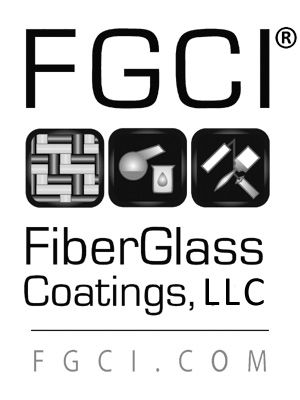 S2K Commerce - Products Dropdown
S2K Commerce - Products Dropdown
 S2K Commerce - Order Entry
S2K Commerce - Order Entry
Our 4 to 1 Epoxy Activator
forms an easy to use 2 component 100 % solids epoxy system when mixed with
either of our available epoxy resins in a ratio of four parts Resin ( A side )
to one part Activator (B side ) by volume. It Is significantly faster setting
then our 3 to 1 system with the best chemical and solvent resistance and
physical properties. When mixed with our Standard Epoxy Resin it forms a
thicker high viscosity system more suited to adhesive bonding and casting
applications and will form a hard strong plastic with excellent resistance to
chemicals and solvents including hydrocarbon fuels and ethanol. When used with
our Laminating Epoxy Resin it will form a thinner liquid more appropriate for
wetting out fiberglass and other reinforcements it will have a slightly longer
Gel Time and form a plastic with more flexibility, slightly less solvent
resistance and lower HDT. Both systems cure to a tough, hard, blush free, amber
colored plastic, with good physical properties excellent chemical and solvent
resistance, good resistance to water and good adhesion to wood, glass, metals,
and most other plastics.
As with all
adhesive compounds bonding surfaces should be clean and free dirt or grease.
Our 4 to 1 Epoxy Activator
forms an easy to use 2 component 100 % solids epoxy system when mixed with
either of our available epoxy resins in a ratio of four parts Resin ( A side )
to one part Activator (B side ) by volume. It Is significantly faster setting
then our 3 to 1 system with the best chemical and solvent resistance and
physical properties. When mixed with our Standard Epoxy Resin it forms a
thicker high viscosity system more suited to adhesive bonding and casting
applications and will form a hard strong plastic with excellent resistance to
chemicals and solvents including hydrocarbon fuels and ethanol. When used with
our Laminating Epoxy Resin it will form a thinner liquid more appropriate for
wetting out fiberglass and other reinforcements it will have a slightly longer
Gel Time and form a plastic with more flexibility, slightly less solvent
resistance and lower HDT. Both systems cure to a tough, hard, blush free, amber
colored plastic, with good physical properties excellent chemical and solvent
resistance, good resistance to water and good adhesion to wood, glass, metals,
and most other plastics.
As with all
adhesive compounds bonding surfaces should be clean and free dirt or grease
Our 4 to 1 Epoxy Activator
forms an easy to use 2 component 100 % solids epoxy system when mixed with
either of our available epoxy resins in a ratio of four parts Resin ( A side )
to one part Activator (B side ) by volume. It Is significantly faster setting
then our 3 to 1 system with the best chemical and solvent resistance and
physical properties. When mixed with our Standard Epoxy Resin it forms a
thicker high viscosity system more suited to adhesive bonding and casting
applications and will form a hard strong plastic with excellent resistance to
chemicals and solvents including hydrocarbon fuels and ethanol. When used with
our Laminating Epoxy Resin it will form a thinner liquid more appropriate for
wetting out fiberglass and other reinforcements it will have a slightly longer
Gel Time and form a plastic with more flexibility, slightly less solvent
resistance and lower HDT. Both systems cure to a tough, hard, blush free, amber
colored plastic, with good physical properties excellent chemical and solvent
resistance, good resistance to water and good adhesion to wood, glass, metals,
and most other plastics.
As with all
adhesive compounds bonding surfaces should be clean and free dirt or grease
As with all adhesive type compounds proper surface preparation is essential for good bond strength, recoating of the material should be accomplished before the material is fully cured after which sanding and solvent wash may be necessary for good secondary bonding.
As with all adhesive type compounds proper surface preparation is essential for good bond strength, recoating of the material should be accomplished before the material is fully cured after which sanding and solvent wash may be necessary for good secondary bonding.
As with all adhesive type compounds proper surface preparation is essential for good bond strength, recoating of the material should be accomplished before the material is fully cured after which sanding and solvent wash may be necessary for good secondary bonding.
As with all adhesive type compounds proper surface preparation is essential for good bond strength, recoating of the material should be accomplished before the material is fully cured after which sanding and solvent wash may be necessary for good secondary bonding.
Additional Information:



